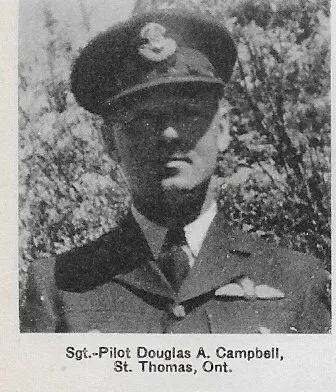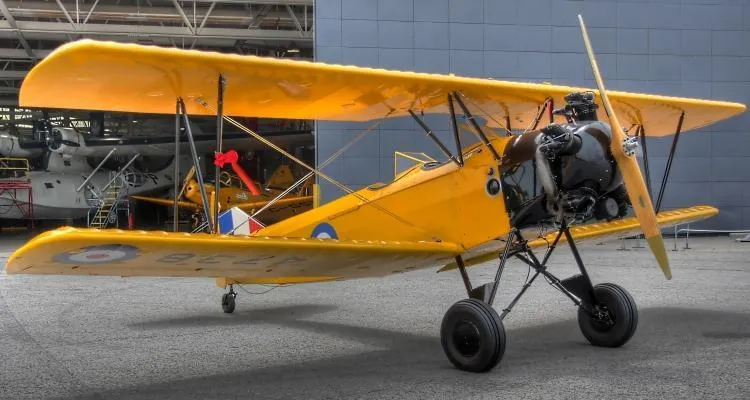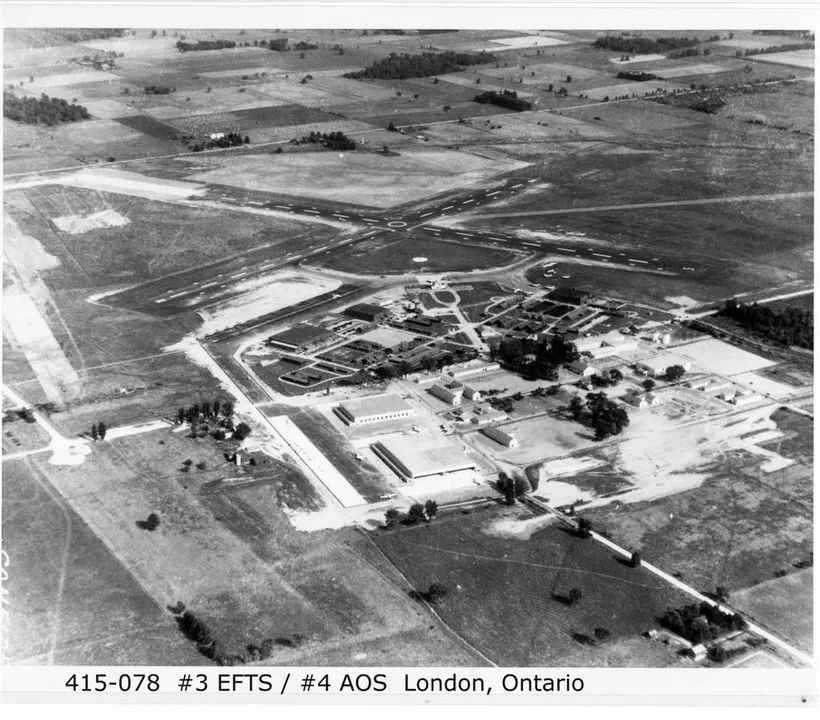3 Elementary Flying Training School, London, Ontario. Fleet Finch aircraft crashed.
Campbell's student pilot (LAC W Disbrowe) who was flying at the time, was also killed in the crash.


Birth Date: 1905-June-21
Born: St. Thomas, Ontario
Parents: Alexander John Campbell & Isabella Travers
Spouse: Jean Kirkwood, of St. Thomas
Home: St Thomas, Ontario (parents)
Enlistment: London, Ontario
Enlistment Date: 1940-December-17
Service
RCAF
Unit
3 EFTS- Elementary Flying Training School
Base
RCAF Stn. London, Ontario
Rank
Sergeant
Position
Pilot - instructor
Service Numbers
R/78830
3 Elementary Flying Training School, London, Ontario. Fleet Finch aircraft crashed.
Campbell's student pilot (LAC W Disbrowe) who was flying at the time, was also killed in the crash.

The Fleet Finch was the final version of a whole family of light biplane trainers, designed by Consolidated Aircraft of Buffalo, NY and intended for civilian use. Few of these aircraft were marketed under the Consolidated name, as most were sold through Fleet Aircraft Canada, under a range of model numbers. Only the RCAF gave any of these models names, calling the Model 7 the Fawn and the Model 16 the Finch. These aircraft were built from 1930 to 1941, all at Fort Erie, Ontario.
The Finch was developed to meet an RCAF requirement for a fully aerobatic, primary trainer. The RCAF ordered the first batch of aircraft in July 1939 and powered by a Kinner R5-2, 160 hp engine, they were designated the Fleet Finch Mk. I. Most of these aircraft were delivered to the RCAF Central Flying School at Trenton, Ontario by early 1940.
The RCAF placed a further order for primary trainers with Fleet in January 1940. The Fleet Finch Mk. II, powered by a Kinner B-5R, 130 hp engine, first flew from Fort Erie in March 1940. During the following year, over 400 Fleet Finch Mk. IIs were delivered to BCATP Elementary Flying Schools right across Canada.
The Fleet Finch was well liked by the RCAF as it was a rugged aircraft, was relatively easy to fly and withstood the abuse of novice pilots. Some Fleet Finches remained in service with the RCAF until 1947, but most were retired by October 1944. Their role as a primary trainer was taken over by Fairchild PT-26 Cornell. Canadian Warplane Heritage Museum

The School was established at London, Ontario. The former school is now the London, Ontario International Airport.
More information on the RCAF Station at London can be found at Project 44 BCATP